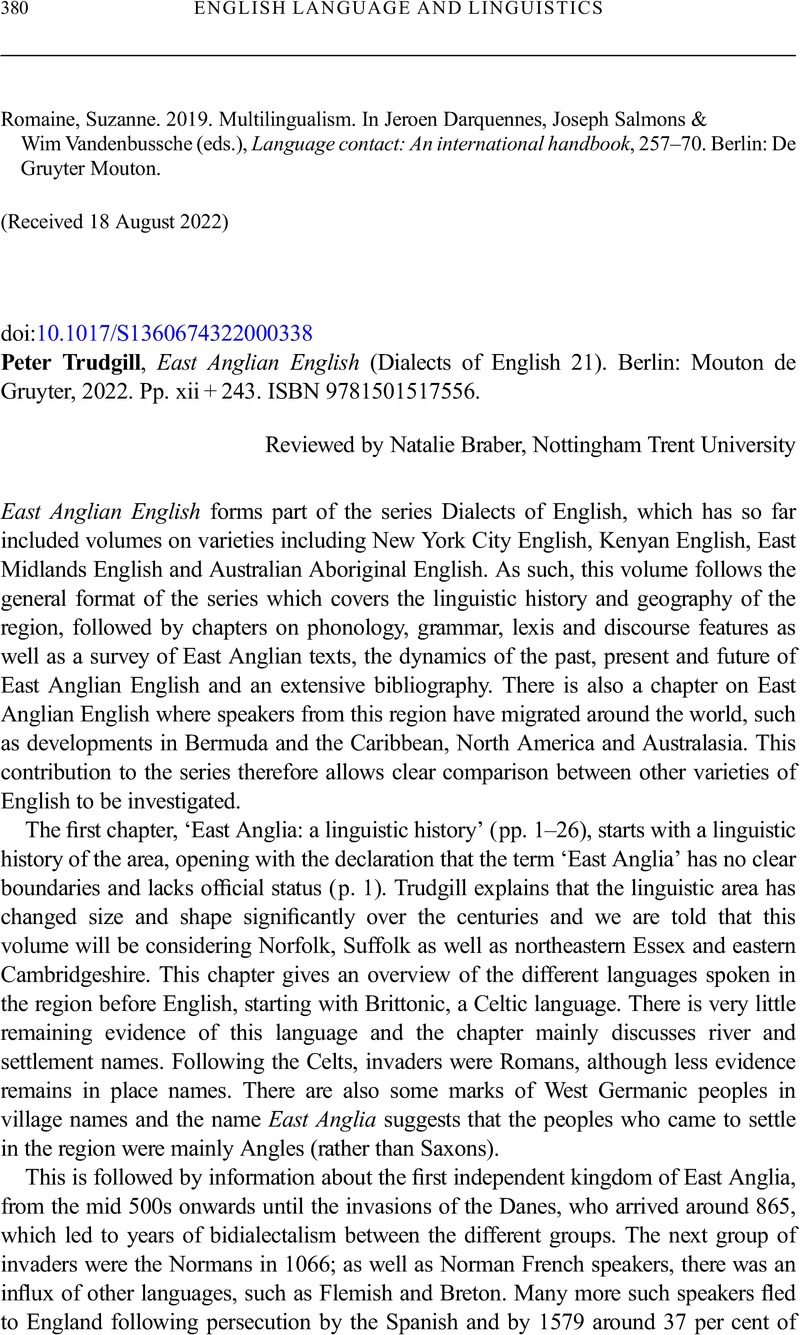Orton, Harold,
Dieth, Eugen,
Halliday, Willfrid,
Barry, Michael,
Tilling, P. M. &
Wakelin, Martyn.
1962–71.
Survey of English Dialects A and B: Introduction and the basic material, Introduction and 4 volumes, each of 3 parts.
Leeds:
E. J. Arnold and Son.
Google Scholar 